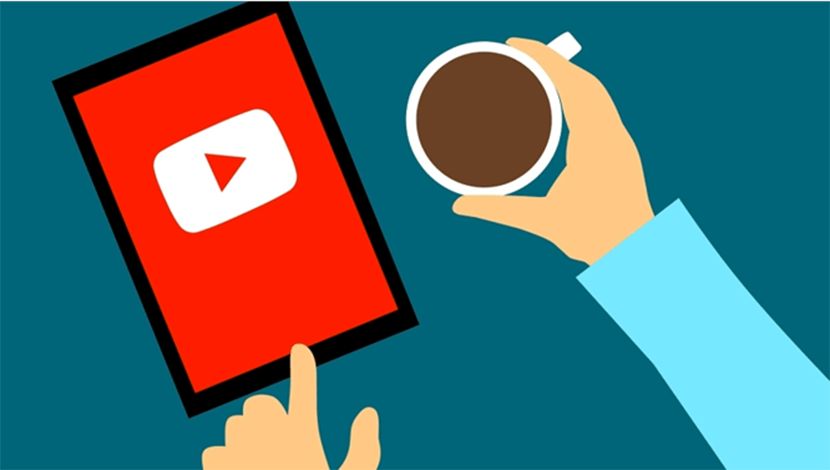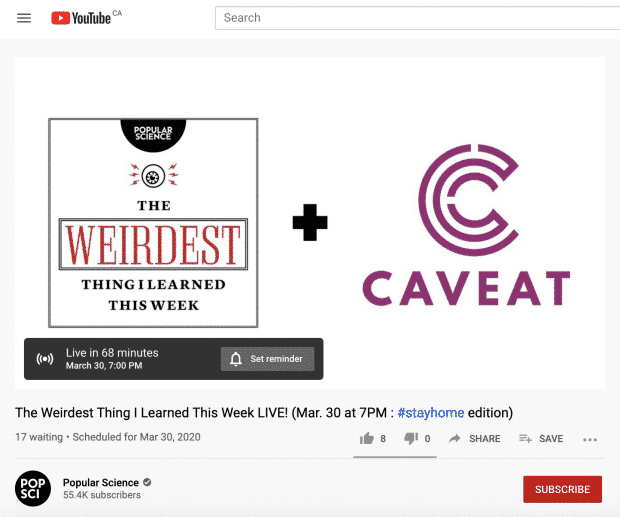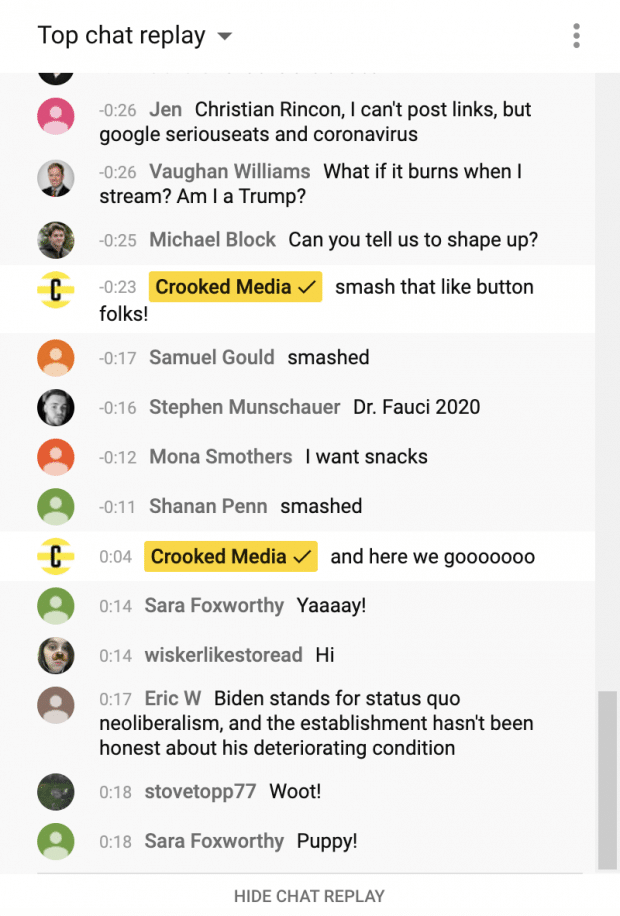Once YouTube has launched YouTube Live feature, online videos are transformed into an interactive experience. According to research from Hootsuite, there are more than 500 hours of video uploaded every minute on YouTube. As a result, a live stream on YouTube is a great way to stand out from the crowd and draw your crowd.
However, do not only release a product reel or host a static tutorial. Make your live stream a virtual event. Create surprise with reveals, announcements and inviting special guests.
But, don’t just release a product reel or host a static tutorial. Make it a virtual event. Create a buzz with reveals, announcements, and special guests. Get interactive with live Q&As and the added element of spontaneity. You should make live Q&As and some element of spontaneity to get interaction.
In this article, learn how to engage audiences with 8 simple tips to go to live on YouTube and make your successful broadcast.
8 tips to go live on YouTube
Before you go to live on YouTube for the first time, read through these 8 tips.
1. Prepare the basics
You should start your stream with a clear goal. What do you want to get out of going to live on YouTube?
Determine what you would like to get and make a plan based on it. Whether it’s to connect with followers or promote your products, your Livestream setup should be informed by your goal.
If you work with a team, you should decide each team member’s role. Who will be the host? Will you need a cameraperson? Should you have a moderator if you want to enable chat?
You should clearly understand your purposes of doing a live video compared to a regular video.
Answering these questions will help you better your broadcast.
You should also carefully prepare something before clicking Go Live:
- Title: Choose an accurate, unique title and use strong keywords to get people’s attention
- Description: Front-load important keywords, write down relevant information, add links and up to 15 hashtags.
- Thumbnail image: Resolution should be 1280×720 (with a minimum width of 640 pixels).
- Script: Even if it’s just bullet-form, write down the key points.
- Calls to action: Decide what do you want viewers to do during and after the live stream. Add these CTAs to the description and script.
You should connect your other social media accounts to your YouTube Channel, so viewers can easily share your YouTube Live videos.
2. Choose a good time to go live
There are lots of discussions on when the perfect time to start a live stream is. However, you can choose the closest thing to it.
Have a look at your YouTube Analytics to see when your videos get the most views. It helps you decide when your viewers are often online.
Furthermore, take a look at where people watch your videos. In the case that your audiences are from different countries all over the world, you may want to choose a time that works in multiple time zones.
Still, feel not sure? You can directly ask your audience. Ask people to pick their preferred time in the comment. Or making an Instagram Story poll is a great way as well.
Are you planning a live series? Keep a consistent posting time-table. With a regular time slot, your audiences can anticipate and build your live stream into their daily or weekly schedule.
Pro tip: When you’ve landed on a time, schedule your live stream in advance. This makes your live stream promoting become easier. It also allows your audiences to set reminders.
3. Optimize your setup
Once you start your live stream, you can not edit anything. So, before it’s live, you should follow this setup checklist below:
- Frame your shot. Be sure that in the backdrop, nothing is distracting, inappropriate, or confidential.
- Adjust lighting. Subjects should be well lit, not backlit. Look out for shadows, too.
- Check audio. Check your mic and sound and make sure that you have optimal acoustics. Record in a quiet place without noises such as sirens, weather, or noisy bystanders.
- Charge batteries. And stay connected to a power source if possible. Or prepare changeable batteries.
- Test your connection. Check your Internet speed. Your connection should be able to support about 10MB of data per minute.
- Turn off interruptions. Turn off all notification sound effects and ringers from other devices.
- Provide water. Prepare to anticipate coughs or scratchy throats. Tissues are a great idea either.
4. Promote the event
If you don’t have an audience, it’s nonsense to go live. Of course, you can not have an audience without promotion.
Your live stream is made as a virtual event, so make it as you would any other event.
There’s no reason to go live if you don’t have an audience. And you won’t have an audience without promotion. Here are some ideas for you:
On YouTube:
- Design a banner for your YouTube channel that promotes your live stream.
- Make a trailer to build anticipation. In the Welcome Trailer module on your channel, this video should be highlighted to catch your audiences’ eyes.
- Ask viewers to subscribe. Subscribers may be notified in their homepage feed whenever you go to live and see the video in What to Watch Next.
- Encourage viewers to enable notifications. That way they’ll be notified when your channel goes live (and more).
- Schedule your live stream so viewers can set reminders.
- Add an associated website. According to YouTube, this will improve search results.
- Run YouTube live stream display ads to promote your video.
Elsewhere:
- Share your streaming link on other social media platforms at least 48 hours before you go live. Be clear about when and where. Provide your audiences with a specific date, time, and time zone.
- Send invitations by email. Include an actual calendar invite so it can be saved and remembered.
- Create a Facebook event or Instagram countdown. Include the link in the description, story, or your Instagram bio.
Add an image or your teaser video to attract attention.
Write a sharp and specific copy. Tell people why they should tune in. It’s their time you’ll be taking up, after all.
Most importantly: Include the link. Your persistent link is youtube.com/user/[channelname]/live.
5. Engage the audience
Convincing people to join in your live stream is half a win. The other half is to make them stay tune there. Here we suggest some tactics to boost engagement.
Provide recaps
Remember that people may join the live stream partway through. When you see a jump in the number of viewers, share quick recaps for new watchers. If you’re interviewing a guest, reintroduce them every once in a while. And include reminders about what’s coming up.
Build anticipation
Tell your viewers a reason to watch to the end of the live stream. Whether it’s the finished look of a makeup tutorial, a special announcement, or the chance to have a question answered, be sure to tease incentives.
Shout-out names
Tell viewers you see them and appreciate their interest. A little love can go a long way.
Enable live chat
Spark conversation with viewers in the live chat—and use it to inform the live stream. If you can, assign a moderator. They can interact with messages, share comments, and remove inappropriate posts.
Don’t be afraid to ask for engagement, too. Encourage viewers to like and subscribe to curry favor with the YouTube algorithm.
6. Make your live stream accessible
If your YouTube channel has more than 10,000 subscribes, YouTube provides you with Live automatic captions. So you can use it.
Moreover, you should pre-write a clear structure with simple language and speak clearly. Give viewers time to process the information that you share. If you can, describe visuals so those with visual impairments better understand what is happening.
Of course, make sure your content is age-appropriate and follow YouTube’s Community Guidelines. If your live stream violates YouTube policies, you may be barred from live streaming for up to three months.
7. Try a YouTube Premiere
YouTube Premieres blend live and pre-recorded features together. Just like movie or TV premieres, they give the creator the chance to watch a video live with an audience.
If you don’t want to compromise production quality, or if you’re simply uncomfortable with recording live, Premieres offer a middle ground.
Like live streams, YouTube Premieres can be accompanied by a live chat. Before the premiere, a public watch page is created and a countdown begins two minutes before the premiere starts.
8. Check analytics to see what works
YouTube live streams provide real-time and post-live analytics. Keep an eye on the dashboard and respond to what works as you go. Then apply insights to better your next time you go live.
Look for peaks in concurrent viewers to get a sense of what attracted the largest audience. Retention will show you how many viewers stuck with you until the end. If this figure and the average view duration is low, try to build anticipation and interactivity next time.
To see how your YouTube live stream contributes to channel growth, look for increases in subscriber growth and total watch time. Use demographics to learn who’s watching your live streams, and create your future content accordingly.



